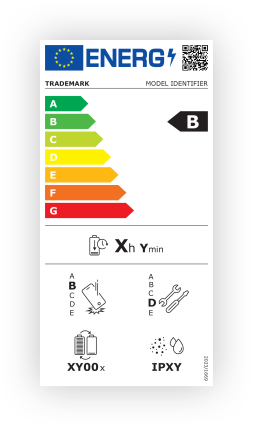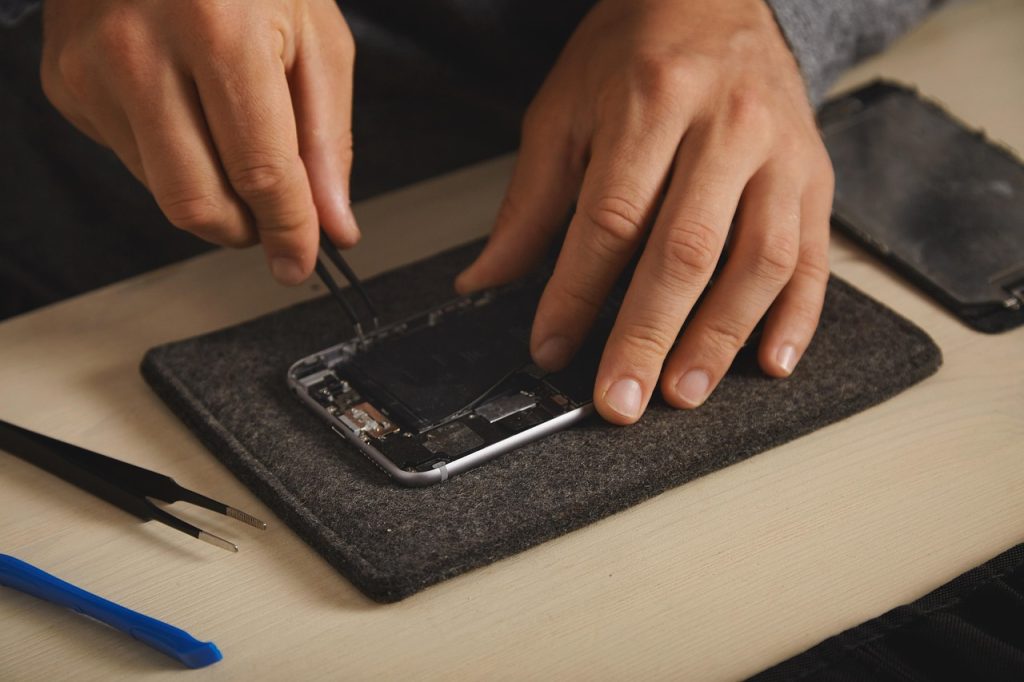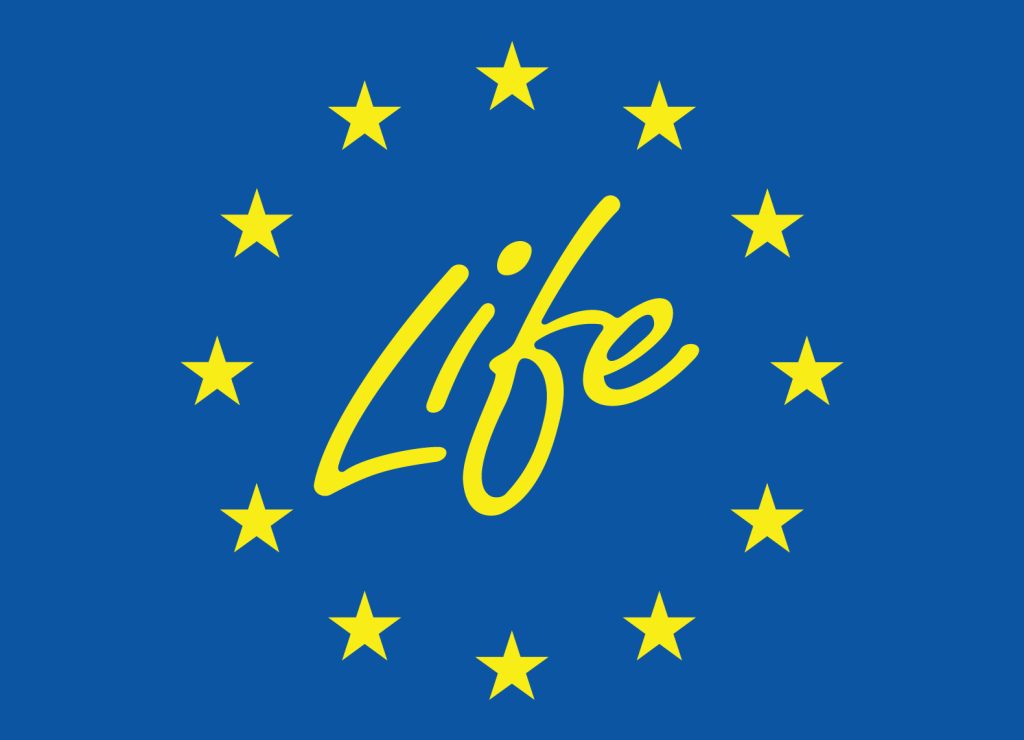From 20 June 2025, consumers will be able to benefit from smartphones and tablets that are both longer-lasting and more easily repairable thanks to new rules. It will also be much easier to choose more durable phones, thanks to a new energy label with repairability and reliability scores.
Where do these rules come from?
In 2020, as part of its Green Deal, the EU adopted a new circular economy action plan, with the aim of limiting natural resource waste and improving products’ circularity. This plan also included new rules on designing more resource-efficient mobile phones and tablets and prolonging their lifetime as much as possible, thanks to more durable batteries and more repairable designs.
It will be easier to keep a phone for longer
BEUC and its members have long called for the introduction of these rules, pinpointing the recurrent issues consumers face when trying to repair their smartphones. These include the impossibility of finding spare parts (e.g. new screens), expensive repairs, or decreasing battery performance after a few years.
Apart from the expected environmental benefits resulting from these new rules (such as less e-waste), they also partially respond to some of the challenges consumers face. It will be easier to keep a phone for longer, rather than buying a new one every couple of years.
What changes for consumers?
The first major change that consumers will notice is the new energy label accompanying new smartphones and tablets. This label resembles the one that already exists for household appliances (like fridges and washing machines) but contains additional useful information.

Above: consumers will recognise the new energy label – it’s similar to what already exists for fridges and washing machines.
Besides the colour-coded energy efficiency scale at the top, it shows how long the battery operates on a full charge, as well as the number of charging cycles the battery lasts without losing more than 20% of its original capacity. Smartphones and tablets that can operate longer on a full-charged battery need less frequent charging, prolonging the battery’s lifetime and reducing the energy consumption needed for charging.
Smartphones and tablets that can operate longer on a full-charged battery need less frequent charging
The label also contains a repair score; the easier it is to disassemble a product and to find spare parts, the higher the repair class! However, consumers should know that the price of spare parts and repair services is not accounted for in the final score. This means that a repair class “A” smartphone will not necessarily be cheaper to repair.
Further reliability information is also available on the label, such as the appliance’s resistance to accidental drops and dust and water ingress protection. Again, the higher the score, the better it is.
Longer-lasting smartphones by design
While the energy label can help consumers find the best-performing products, new mandatory design requirements will also ensure that all smartphones and tablets placed on the EU market are longer-lasting, repairable, and upgradeable by default.
This means smartphones and tablets will offer longer-lasting batteries and will be easier to take apart for repair. Consumers will also be able to access repair instructions and spare parts for seven years after purchase, as well as software and operating system updates for at least five years. A device that is up-to-date lasts longer!

Above: smartphones will soon become easier to take apart for repair
What about other products?
Ecodesign and energy labelling rules already exist for most household appliances (e.g. fridges, washing machines, dishwashers, etc.) Thanks to these rules, consumers can already save several hundred euros in their energy bills, as appliances have become more energy efficient.
Other electronic products like computers, printers, and TVs will soon have to comply with new repairability and durability requirements, allowing consumers to hold on to them for much longer.
Just the beginning for longer-lasting products
With consumers set to benefit from longer-lasting phones and tables, this is just the beginning.
Through the newly adopted Ecodesign for Sustainable Products Regulation (ESPR), the European Commission will also develop rules to improve the sustainability of clothes, furniture, mattresses and tyres. Consumers will finally be able to benefit from products that are more durable, repairable and reusable by design.
To make this a reality, BEUC will continue to call for prompt and ambitious Ecodesign measures under the Ecodesigned4LIFE project.
Co-funded by the European Union’s LIFE programme under the grant agreement No. 101146882. Views and opinions expressed are however those of the author(s) only and do not necessarily reflect those of the European Union or the European Climate Infrastructure and Environment Executive Agency (CINEA). Neither the European Union nor the granting authority can be held responsible for them.


